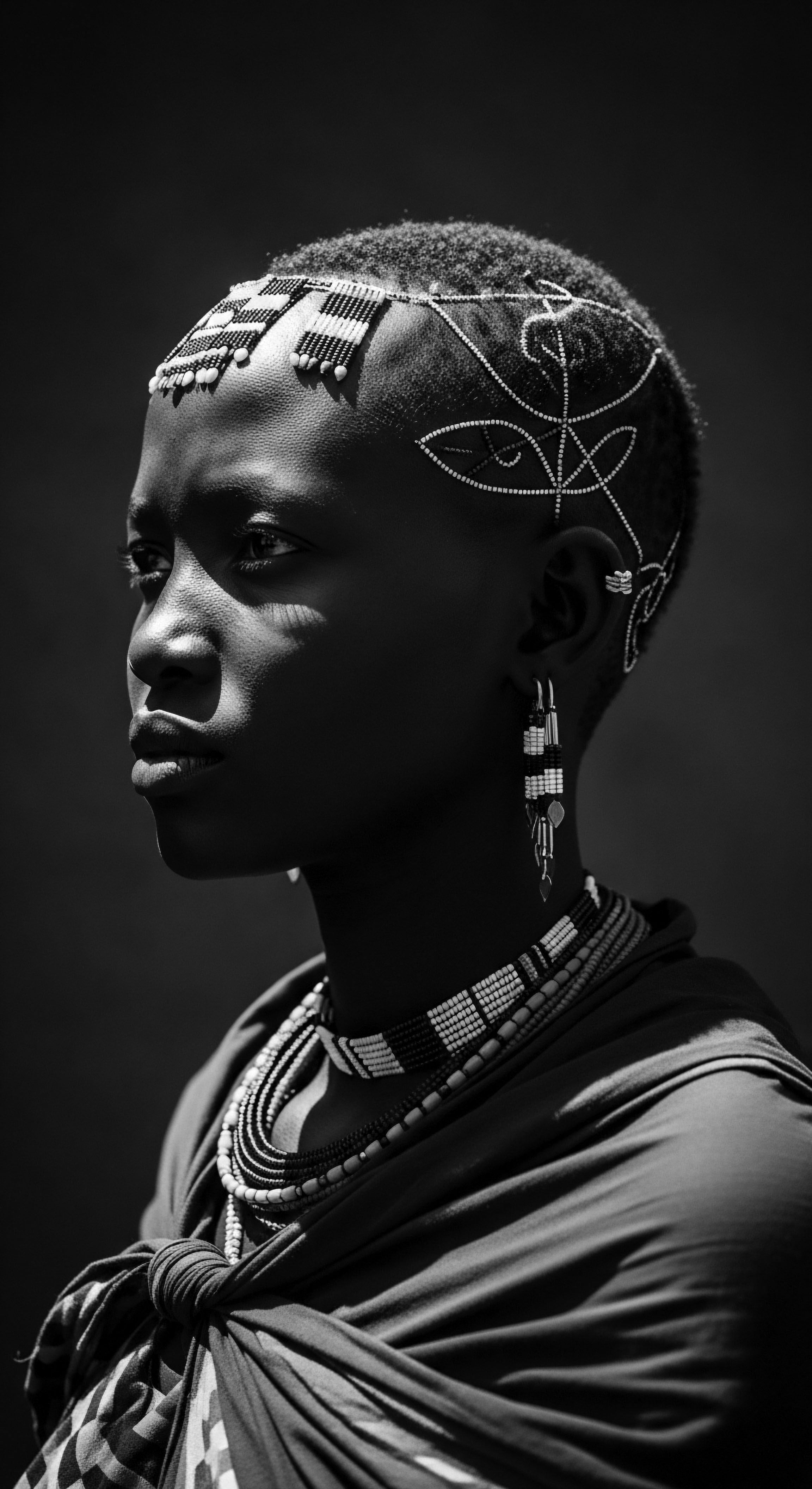
How did traditional African hair practices shape community identity?
Traditional African hair practices served as living blueprints of community identity, communicating status, heritage, and spirituality through intricate styles and rituals.

What ancestral uses of shea butter shaped hair practices?
Ancestral uses of shea butter profoundly shaped textured hair practices by offering deep moisture, protection, and aiding in culturally significant styling and communal rituals.

What is the scientific basis for protective styling in heritage practices?
Protective styling in heritage practices offers scientific benefits for textured hair, shielding vulnerable strands while honoring cultural ancestry.

Can modern science validate traditional shea butter hair care?
Modern science confirms that traditional shea butter hair care supports textured hair by providing essential lipids and reducing friction, honoring ancestral wisdom.

What role did protective hairstyles play in Black cultural identity?
Protective hairstyles are a living heritage, linking Black identity to ancestral wisdom and resilience through textured hair care.
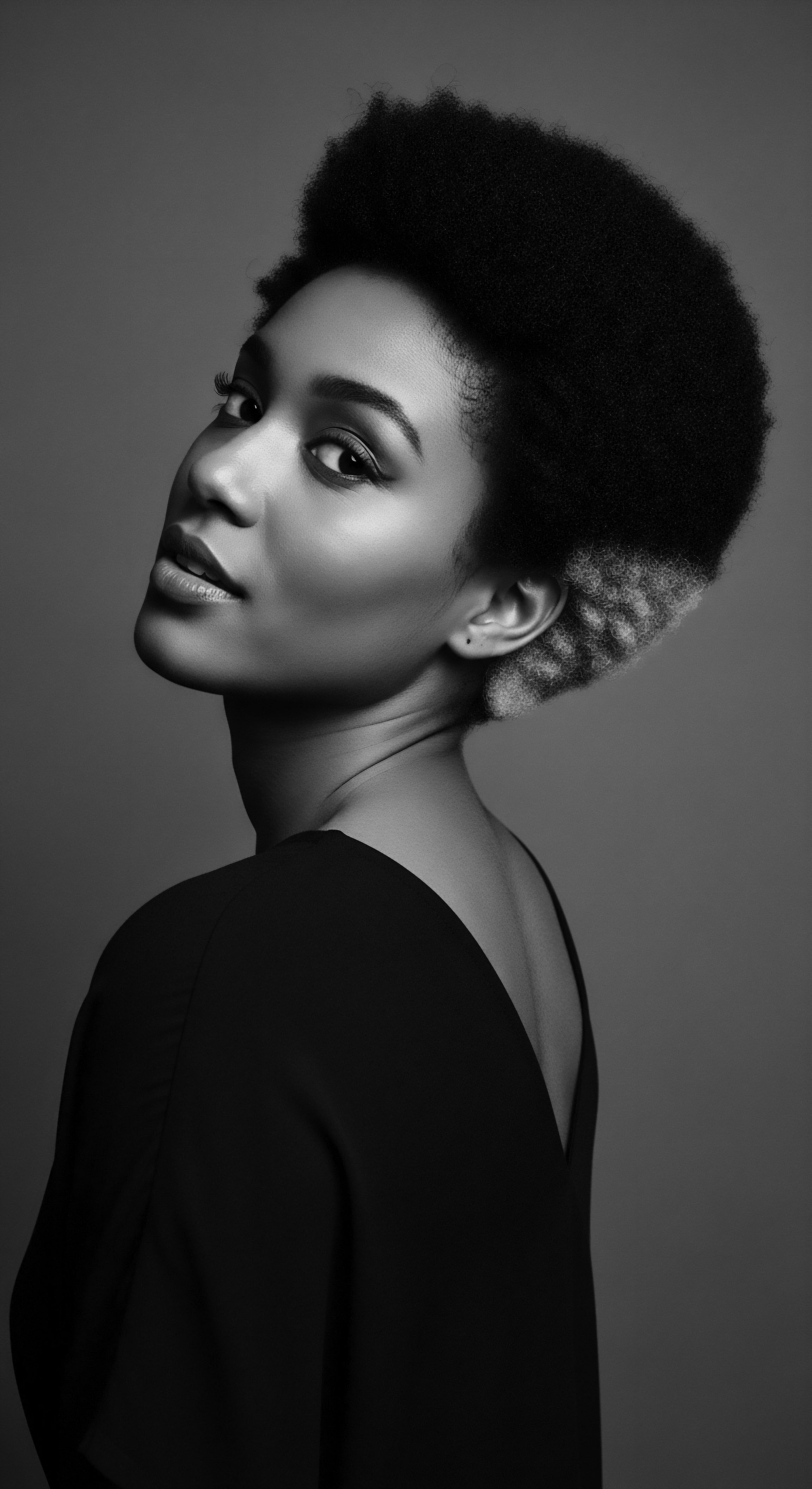
What ancestral practices for hair are validated by science?
Ancestral practices for textured hair, from oiling to protective styles, are validated by science as methods for moisture retention and reduced breakage, deeply linked to heritage.

How does historical hair care shape current practices?
Historical hair care, deeply rooted in ancestral practices, continues to shape current routines by influencing product choices and styling traditions.

How do modern scientific understandings validate ancestral protective hair care practices?
Modern science validates ancestral hair care by revealing biological reasons for traditional protective practices, honoring textured hair heritage.

What roles did protective styles play in resistance during historical oppression?
Protective styles served as covert communication, cultural preservation, and defiant self-expression during historical oppression, deeply rooted in textured hair heritage.

How does CROWN Act honor hair heritage?
The CROWN Act legally protects the right to wear natural, textured hair, honoring ancestral heritage and combating race-based discrimination.
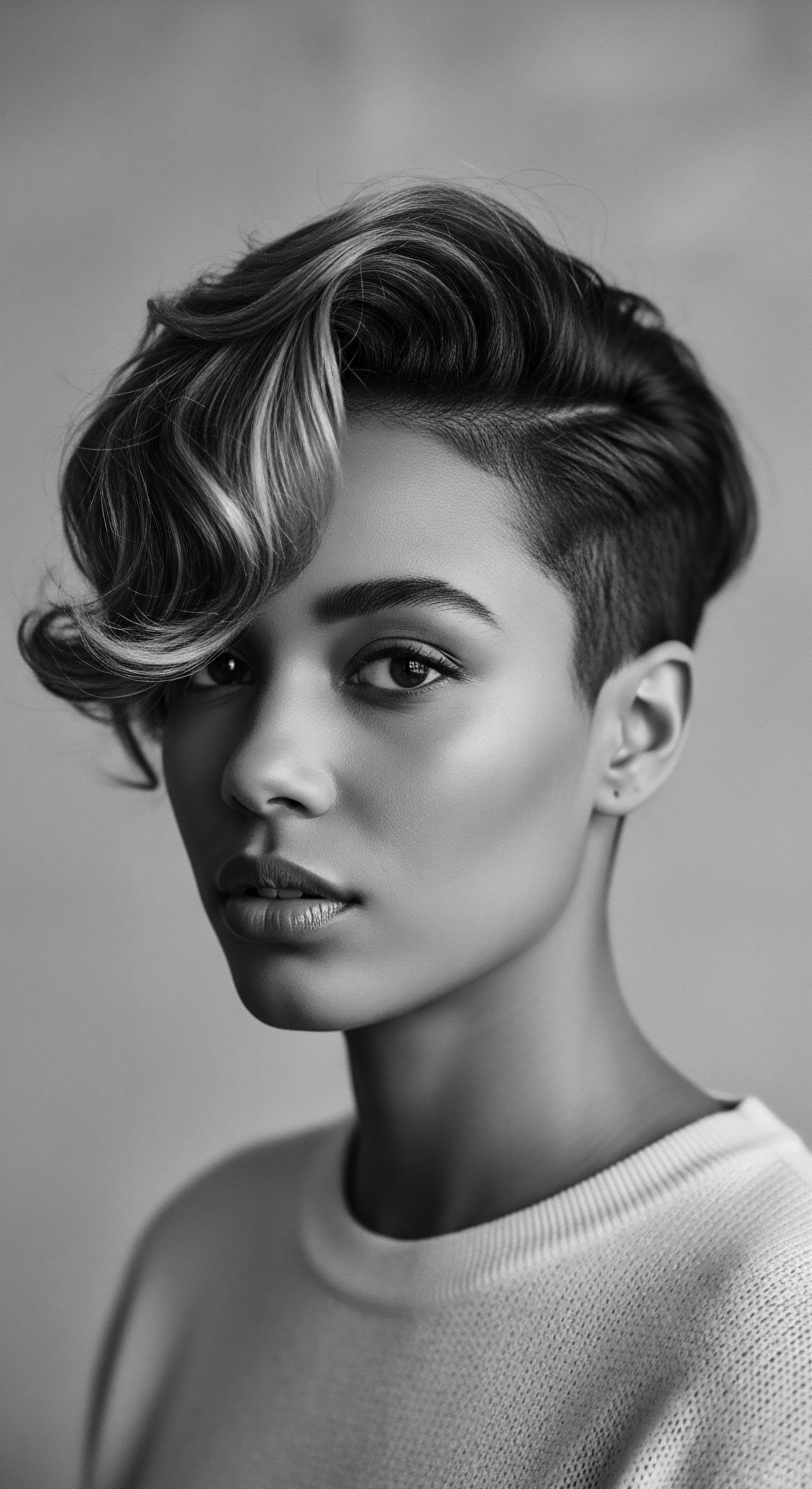
What historical hair practices sustained textured hair in dry climates?
Ancestral practices sustained textured hair in dry climates through protective styles and natural emollients.

What traditional African practices feature shea butter for hair resilience?
Traditional African practices use shea butter as a deeply integrated part of hair care rituals, fostering moisture, protection, and resilience for textured hair.
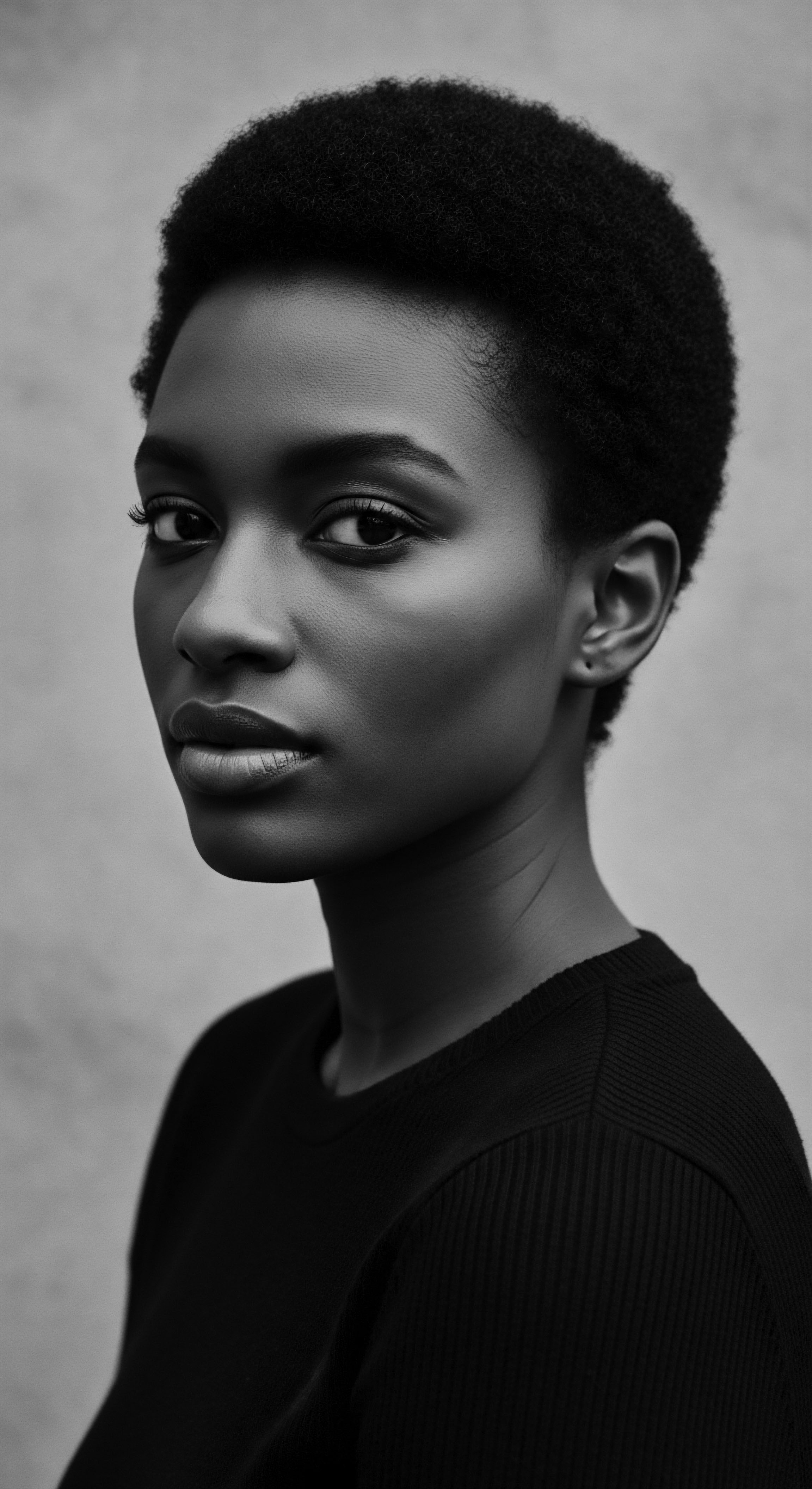
How do headwraps connect modern care to historical heritage?
Headwraps connect modern textured hair care to historical heritage by serving as protective coverings, cultural markers of identity, and symbols of resilience against oppressive norms.
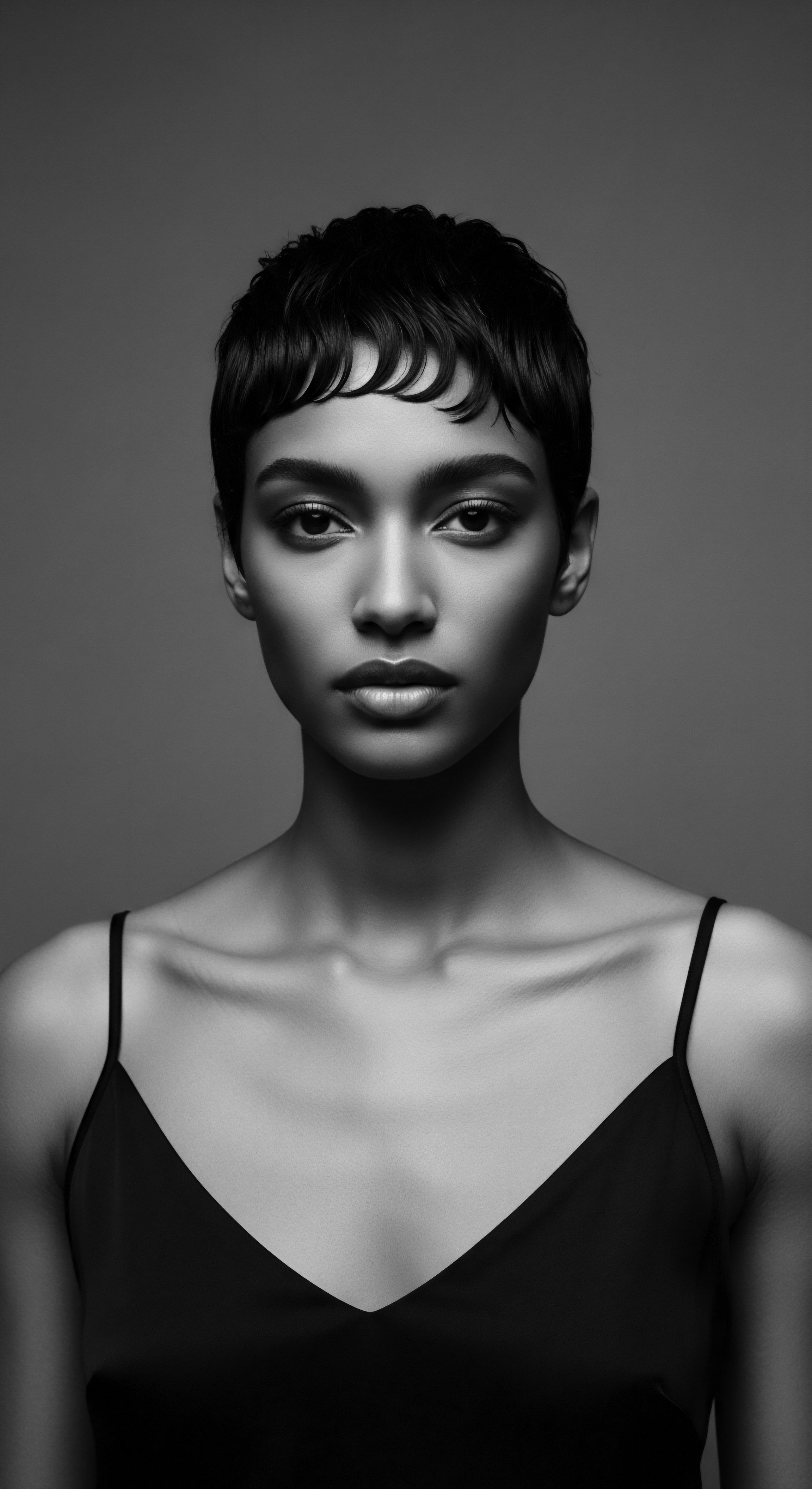
How does hair’s curl pattern relate to moisture?
Textured hair’s coil pattern naturally lifts cuticles, making it prone to moisture loss, which ancestral practices sought to remedy.

How do historical hair rituals protect aging textured strands?
Historical hair rituals, deeply rooted in Black heritage, protected aging textured strands through natural ingredients and mindful, low-manipulation styles.

